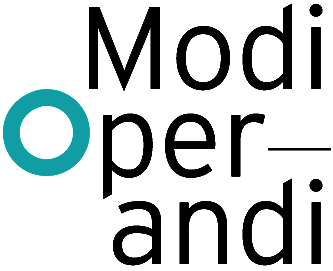PREMISE
Once trans-gress is outlined as a preliminary set of values, in the next few paragraphs, the relation between material condition and design propositions will be investigated. The link between these two sides is, therefore, a spatial analysis translated in operations of mapping and re-drawing. These drawings try to decontextualize the set of intentions and infrastructures that form the material configuration of a techno-economic mentality in the specific context of Degtjarsk.
This will bring about the first set of analytical drawings aimed at explaining and understanding the Technogenesis of Degtjark, that is, the formation of a particular condition arising from the harsh and radical exploitation of the natural environment and its territory. The aim here is to face the consequences of it, again, in a neutral manner, transversally.
Much like other approaches to posthuman conditions, this project refuses a polarization of the discourse on these unprecedented formations of meaning either in the perpetuation of their state of being (further pro-gression) or into an idyllic and naive coming back to a supposed ‘original’ ‘natural’ state. For this reason, the spatial analysis of Degtjarsk is intended to push the definition of Degtjarsk out from the tension between these two inter-dependent ensembles (artificial-natural) into a collateral field in which these two merge and cannot be distinguished in themselves anymore, that is to say, the relational space from where we started at the beginning of this issue.
This phase was meaningful as an operation of de-codification and re-writing of the territory, disclosing the possibility to unfold it before us as a fertile ground for alternative approaches to the ones that created this discontinuity and are, therefore, unable to deal with its consequences.
The legitimacy of understanding the territory with the same objective and analytical means that produced it, is given by the logic of survivalism present in the refusal to even engage in a polarization between artificial and natural. As in Haraway’s cyberfeminism, this transversal interplay between technology and ecology requires a ‘cyborg writing [that] speaks of the power to survive, which does not derive from original innocence, but from the conquest of the tools that brand the world, which has branded them as Otherness’.[37]
This otherness is precisely the characterization that will emerge from the analysis, as discussed previously, of Degtjarsk as an anti-landscape, the breaking point, the negative counter-part to the norm, to be intersected by trans-gressive movements.
